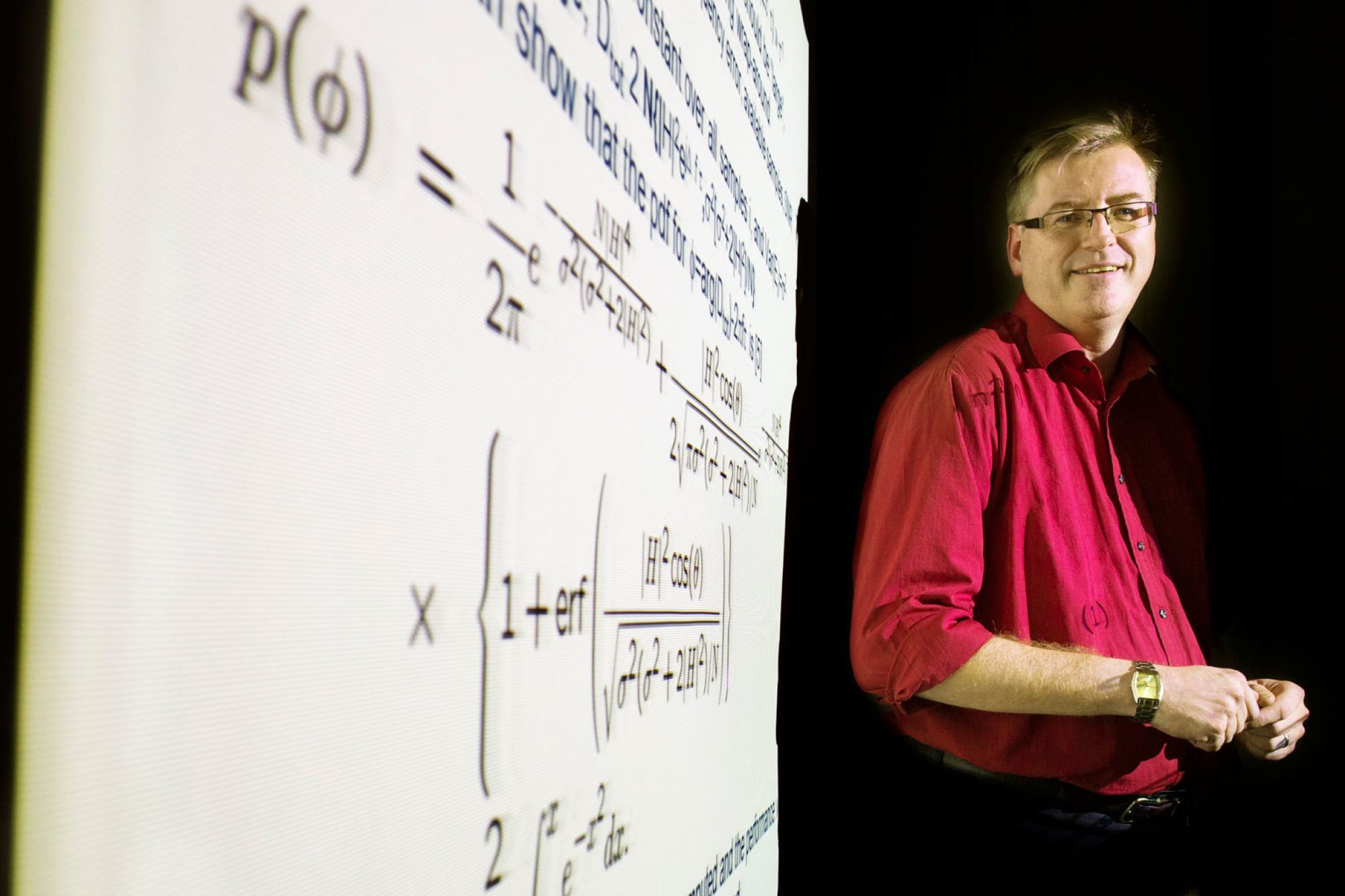In order to understand what comprise an invention and the underlying thought process about, firstly, how to come up with inventions and, secondly, how to make them into patents one needs to know what a patent is. This information is easily found on the Internet, for instance here, and the legal aspects of patents will not be treated in detail in this blog, but below I give a “crash-course” in “What is a patent”.
One could say that a patent is a contract between the inventor/applicant and the society. The inventor/applicant gets a monopoly right to the invention while the society gets a detailed description of how to carry out the invention which improves the technical development in the society.
The monopoly right is limited in time, typically max 20 years. It is furthermore limited geographically, typically to one county.
In order to get a patent granted, there is a need to fulfill four requirements, these are
- Novelty – The claimed invention should be new w.r.t. prior art, i.e. known techniques
- Inventive step – The claimed invention should not be obvious in view of prior art
- Industrial applicability – The invention should belong to a “technical” field
- Enabling disclosure – The patent application should disclose the invention in a manner such that a skilled person is capable of performing the invention.
Furthermore, a patent consists of the following sections
- Technical field
- Background
- Summary
- Brief description of drawings
- Detailed description
- Claims
- (Abstract)
- Drawings
It is the claim parts that defines the scope of protection of the invention.
Furthermore, there is some important facts that probably many do not know about patents.
Having a patent does not mean that you are free to use the invention!
Many inventions today are improvements of prior inventions that may be covered by someone else’s valid patent. If an inventor obtains a patent on improvements to an existing invention which is still a valid patent, they can only legally use the improved invention if the patent holder of the original invention gives permission, which they may refuse.
A granted patent is not necessarily valid!
This might sound surprising, but a granted patent can e.g. be invalidated in court or during opposition.
It is also important to know that there is nothing like a “world patent”. Patents are typically national, and a patent application need to be filed before in a national patent office (e.g. The Swedish Patent Registration Office, PRV or United States Patent and trademark Office, USPTO). The patent application is then searched and examined by the national patent office, and if the application is granted, the result is a national patent in the country in which the application was filed.
A patent family is a set of patent applications taken in multiple countries to protect a single invention by common inventors and then patented in more than one country. A first application is made in one country – the priority – and is then extended to other offices.
Finally, renewal fees (for each country) have to be paid to the national patent office in order to keep the patent in force, and the maximum life length of a patent is typically 20 years.
